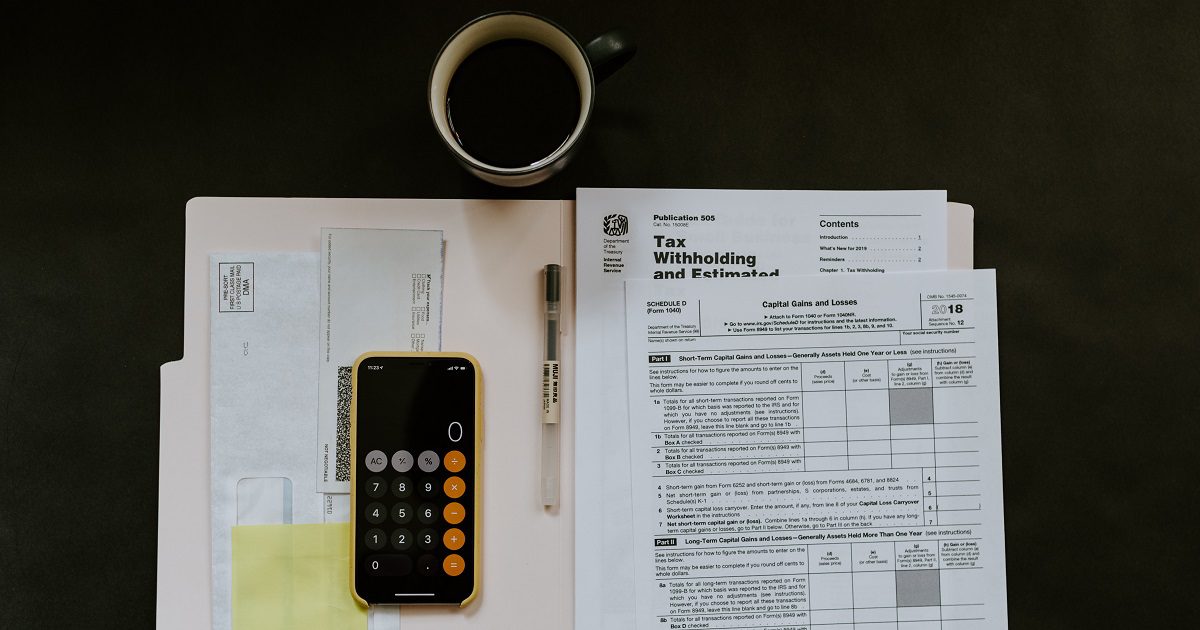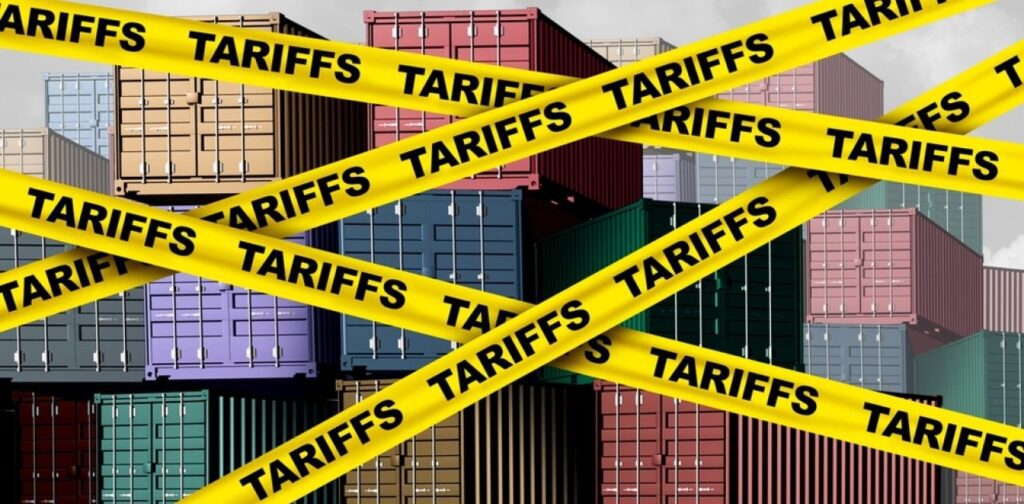Are you hiring a freelancer in China or working as a freelancer for a Chinese company? Then you should know how fapiao and tax deduction work in this specific situation. Some special rules apply to freelancers who provide taxable services to Chinese companies, which can be tricky for both parties.
Have a look at our article on Invoice in China: Making a Cross-border Service Transaction
Why can freelancers not directly issue fapiaos? How can they indirectly provide fapiaos to their clients? Are fapiaos really necessary for the client company’s tax deduction? Read this article to find out!
Why can freelancers not directly issue fapiaos?
Whenever Chinese companies have expenses, they usually ask the seller or service provider for a fapiao. This enables them to withhold taxes on these payments.
What are fapiaos?
Fapiao translates directly to “invoice”. However, fapiaos are a little more complex than simple invoices and different types are available. What many may not realize is that a fapiao is both a legal receipt and a tax invoice. They are printed, distributed, and administered by the State Administration of Tax (SAT).
You should also be aware that there are two different types of fapiao.
- General fapiao: issued in regular circumstances, where special VAT fapiao does not apply, by a business of any size. A regular fapiao can be issued in the event of sales of goods, tax-free services, or a VAT registered operations.
- Special VAT fapiao: issued by taxpayers to consumers when selling goods or providing taxable services. Bookkeepers issue special VAT fapiao to their customers for services rendered. Note, that a special VAT fapiao may not be used for the sales of tax-free commodities. Another important feature – special VAT fapiao can be used for a tax deduction, whereas general fapiao cannot.
For more details about the Chinese fapiao-system, read this article: Chinese Fapiao – What Is It and Why Does It Matter?
Why are freelancers not allowed to issue fapiaos like any other service provider?
Fapiaos can only be issued by companies legally registered in China and are printed on special printers that are connected to the Chinese tax bureau. As freelancers are not registered businesses, they are not eligible to get fapiaos from the SAT. Therefore, they cannot directly issue fapiaos to their clients for the services they provide.
Which type of fapiao concerns freelancers?
Freelancers usually provide taxable services to Chinese companies and should therefore refer to the second category of fapiao. When the client requests a fapiao from the freelancer, he is talking about the special VAT fapiao that he wants to use for tax deduction purposes.
How can freelancers indirectly provide fapiaos to their clients?
Freelancers in China cannot directly issue fapiaos, but there are other ways for them to provide fapiaos to their client companies.
- The local tax bureau
Freelancers can go to the local tax bureau that will be able to issue a fapiao for them. All they need to bring is their personal ID and the related service contract. This option is probably not a long-term solution for freelancers, as they would have to go to the tax bureau to get a fapiao each time a new service agreement is established.
- Invoicing companies
Some companies are now providing invoicing services for freelancers, companies without a local entity in China, and representative offices in China. They can legally issue the fapiao to the freelancer’s client companies.
Does the client company really need a fapiao from the freelancer for tax deduction?
The good news: Fapiaos for freelancer services are not necessary as long as the taxes withheld and the monthly fee amount to less than RMB 100,000. This also means that the amount is not subject to VAT in China. In this case, the service invoice and the service agreement are enough to apply tax deduction.
However, if the taxes withheld and the monthly fee are higher than RMB 100,000, the amount is subject to VAT and the freelancer has to provide a fapiao.
Let’s take an example
A freelancer (China tax resident) provides a service to a company for ¥10,000 (gross). As this fee is lower than ¥100,000, the amount is exempt from VAT. He simply has to provide his client with the service invoice and the service agreement for tax deduction purposes. No fapiao is necessary.
The taxes to withhold are then calculated as follows:
¥10,000 * 0.2 * 0.8 = ¥1,600.
Here, 0.2 corresponds to the standard 20% deduction, and 0.8 to the applicable tax rate of 20%.
Therefore, the freelancer will get paid ¥8,400 net.
Key Takeaways
Freelancers in China are not legally established businesses and thus, are not eligible to get fapiaos from the SAT. Nonetheless, they can obtain fapiaos upon request for each individual service agreement at the local tax bureau or pay invoicing companies who can deliver fapiaos to the clients on their behalf.
However, obtaining fapiaos from freelancers is not always required for a tax deduction. As long as the taxes withheld and the monthly fee is below RMB 100,000, the amount is exempt from VAT and a simple service invoice, as well as the service agreement, is enough for the client company to deduct taxes.
(This article was published in October 2019, and was updated in November 2020.)
Contact us
S.J. Grand’s tax and accountancy services extend to assisting your business with managing invoices and tax concerns for your business. Contact us for consultation and assistance.
Moreover, our latest Cloud-based company solution can help your business automate your operations including expense, invoicing, and billing functions. Check out our Kwikdroid page to learn more and see the prices and packages we offer, no matter the size or type of company.
See how much salary you receive after tax and check your company value without leaving WeChat!
Also, our Mini Program can estimate the salary in your industry, for your experience level and position. A huge help for salary negotiations!







